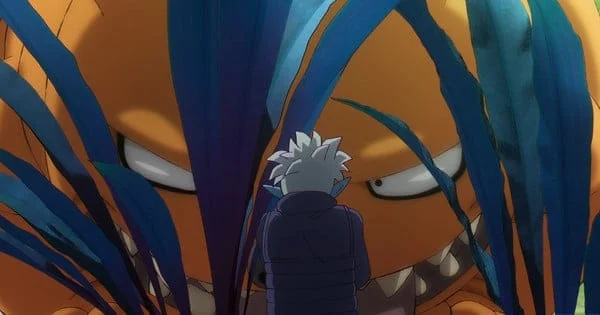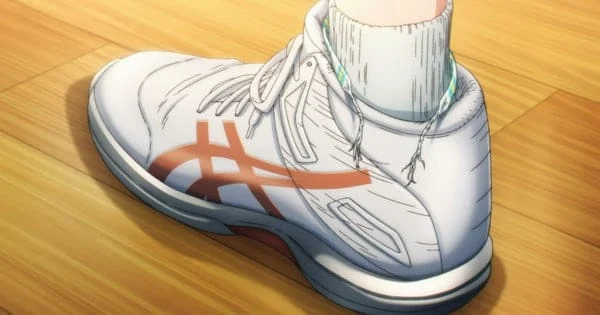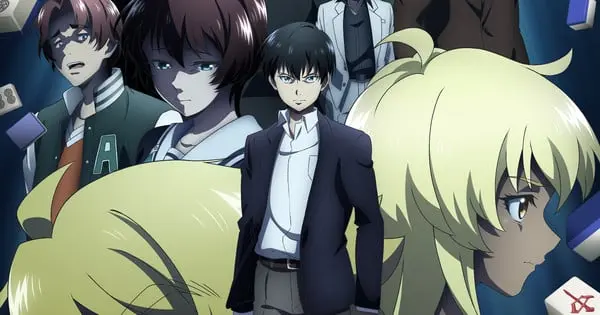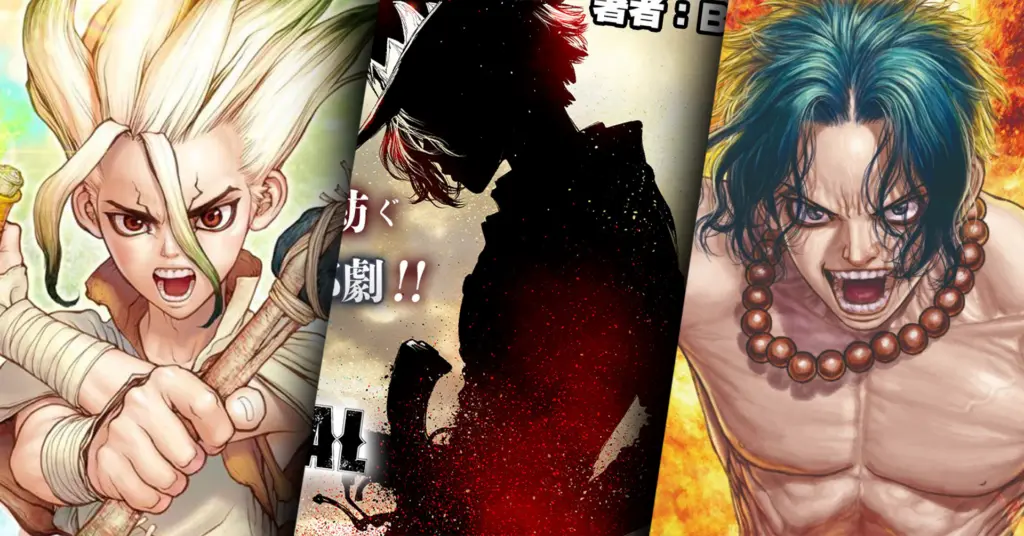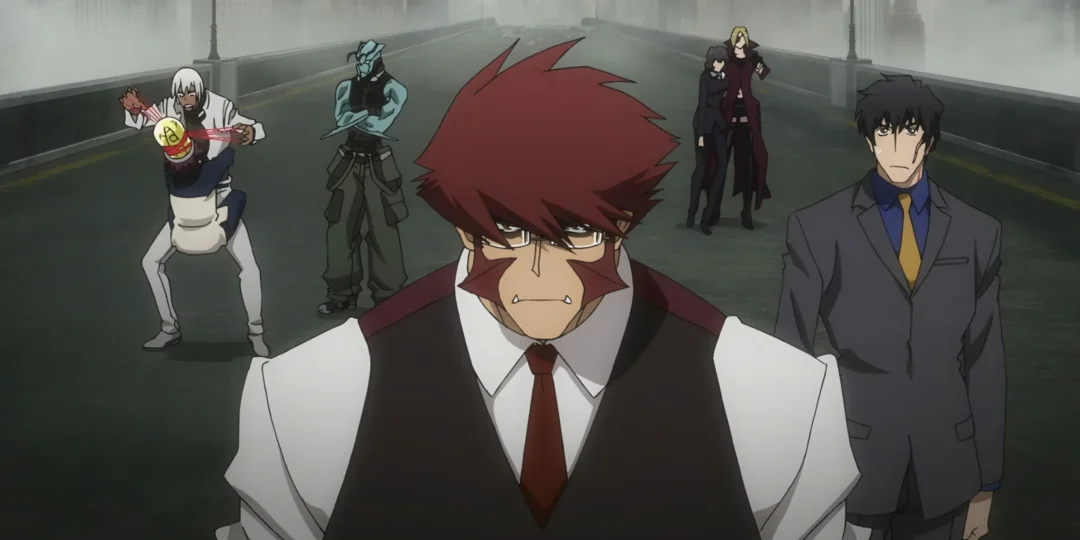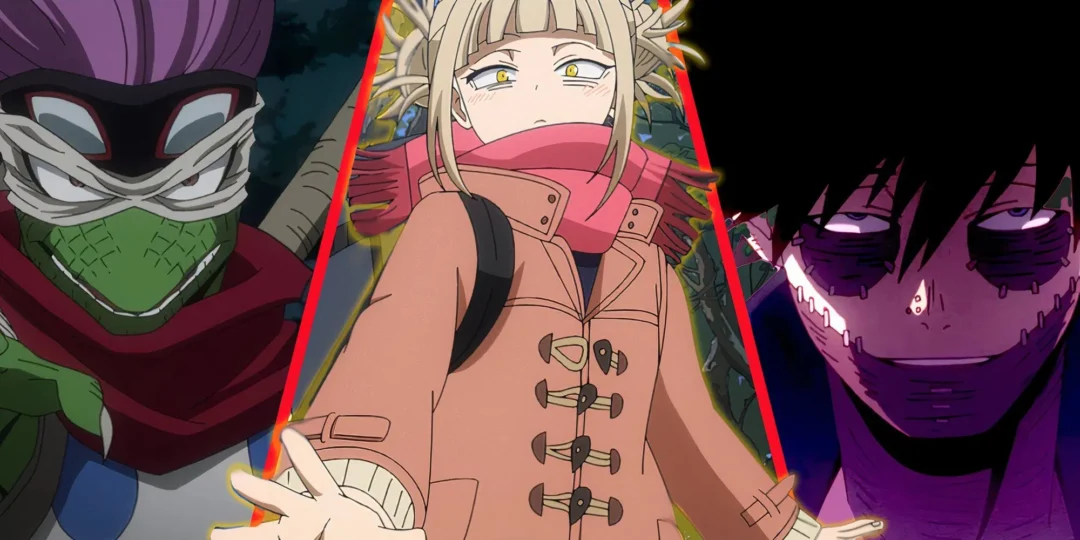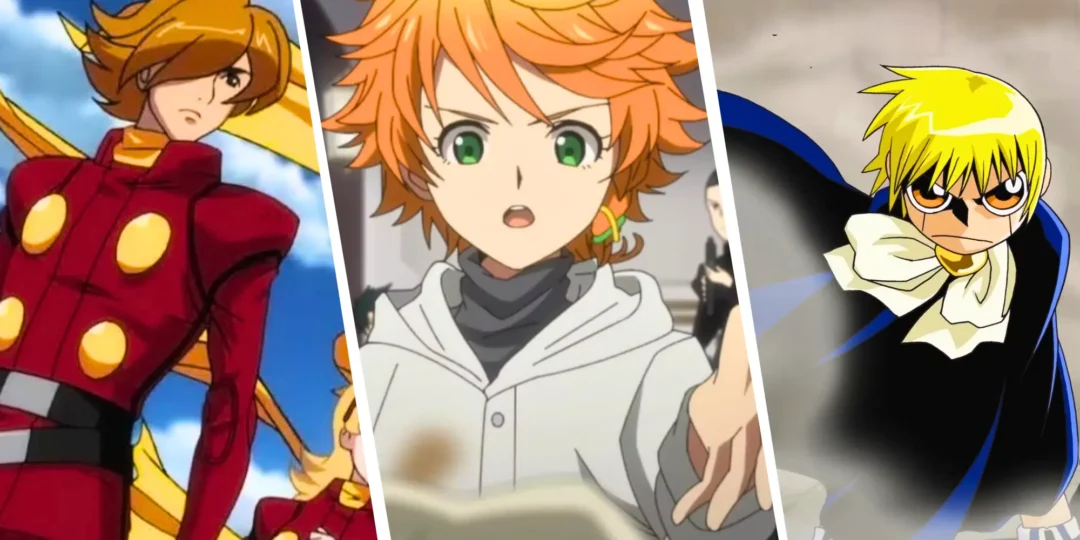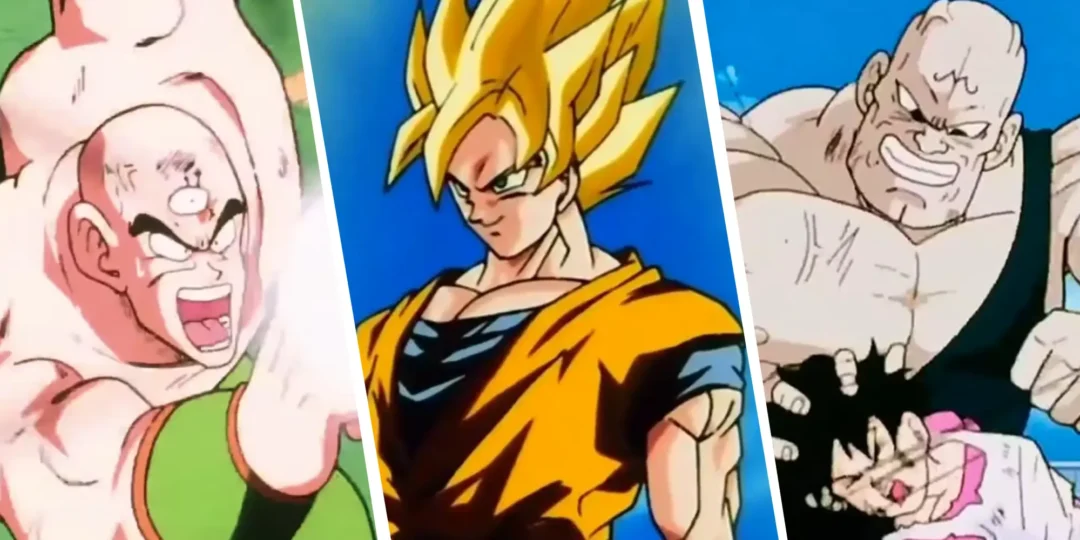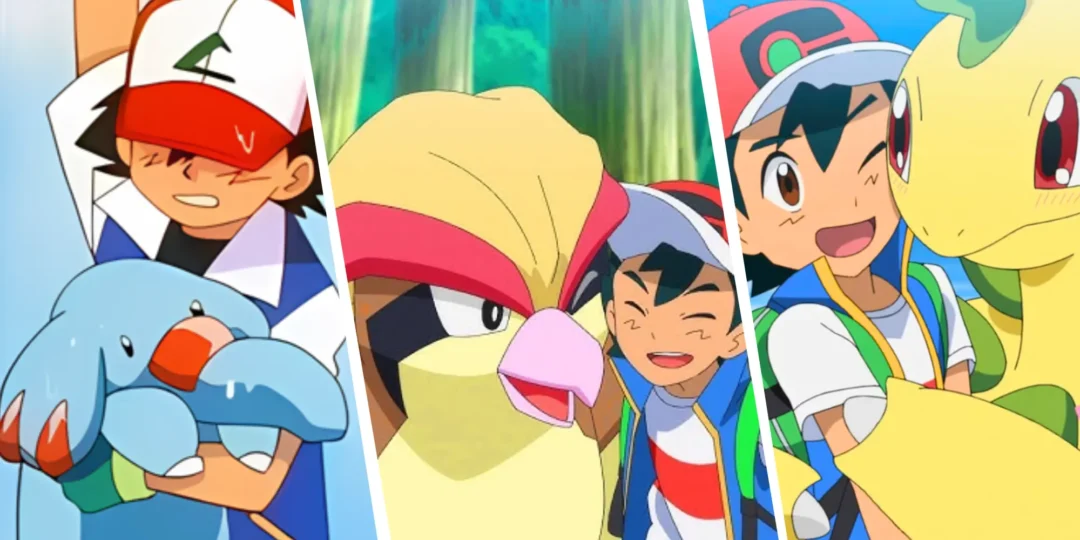My Hero Academia isn’t just a tale of aspiring heroes; it’s a complex narrative that delves into the origins of its villains, revealing the tragic circumstances that shaped them. These characters aren’t simply evil; they’re often victims of a society that failed them, making their stories as compelling as those of the heroes. Here, we rank the 10 most tragic villain backstories in My Hero Academia, exploring the pain, injustice, and societal failures that led them down a dark path.
1. Himiko Toga: The Girl Who Couldn’t Hide Her True Self
Himiko Toga’s story is a heartbreaking exploration of societal rejection. Born with a quirk that compels her to crave blood, she was never accepted for who she was. Her parents pressured her to suppress her true nature, forcing her to wear a mask of normalcy. This repression led to a breaking point when, in middle school, she attacked a boy, drinking his blood, while smiling and crying. This incident drove her to abandon her life and embrace her “abnormality.” Toga’s backstory highlights the pain of being different in a world that demands conformity and her desperate search for a place where she could belong. Her desire for acceptance, twisted by societal rejection, makes her one of the most compelling, and tragic, villains.
2. Tomura Shigaraki: The Boy Who Was Failed by Heroes
Tomura Shigaraki, once known as Tenko Shimura, is a tragic figure whose pain stems from abuse and neglect. The grandson of a pro hero, Nana Shimura, he was subjected to his father’s resentment towards heroes. His quirk, Decay, manifested with devastating consequences when he accidentally killed his entire family. This trauma, coupled with the absence of heroes to rescue him, made him vulnerable to manipulation by All For One. Shigaraki’s story is a stark critique of hero society, showing how it fails those who desperately need help, and turns them into the very thing it fights against. His longing for rescue, left unanswered, fuels his hatred towards heroes.
3. Dabi: The Broken Dream of a Hero
Dabi, whose real name is Toya Todoroki, is the eldest son of the pro hero Endeavor. Born with a powerful fire quirk, he was meant to be Endeavor’s masterpiece, a child capable of surpassing All Might. However, Toya’s body wasn’t suited for his quirk, leading to severe burns. Despite this, he relentlessly trained, seeking his father’s approval. His inability to fulfill his father’s expectations and his subsequent perceived abandonment led him down a path of villainy. Dabi’s story is a tragic commentary on the pressures of legacy, the toxicity of ambition, and the devastating impact of parental neglect. His transformation into a villain is a result of a hero’s shattered dreams.
4. Twice: The Man Who Just Wanted Friends
Twice, whose real name is Jin Bubaigawara, is a villain with a desperately sad past. After the death of his parents, he was left alone, making a series of poor decisions without guidance. His quirk, which allows him to create clones of himself, spiraled out of control. The clones, tired of being controlled, fought and killed each other, leaving Twice unsure of his own identity. This event left him questioning his own sanity and the reality of his existence. Twice’s story highlights the importance of human connection and the devastating impact of isolation and the desperate need to belong.
5. Spinner: The Outcast of a Quirk Society
Spinner, or Shuichi Iguchi, is a villain who represents societal discrimination. Born with a lizard-like appearance due to his quirk, he was constantly bullied and rejected. Society saw him as a monster. He found solace in the League of Villains, where he felt accepted. Spinner’s story is a commentary on the injustices faced by those with “undesirable” quirks. His journey is about the pain of being different and the desire to change a world that has always rejected him, even if it is through violence and destruction.
6. Lady Nagant: The Hero Who Lost Faith
Lady Nagant is a former pro hero whose tragic backstory reveals the dark side of hero society. Once a respected hero, she became disillusioned with the corruption and moral compromises she witnessed. This disillusionment led her to question her role and purpose, ultimately leading her to turn against the system. Lady Nagant’s story is a cautionary tale about the loss of faith and the consequences of unchecked power. It portrays the idea that even the most dedicated heroes can be driven to villainy by the flaws of the society they serve.
7. Overhaul: The Burden of a Yakuza Legacy
Overhaul, whose real name is Kai Chisaki, was burdened with the expectations of his Yakuza lineage. He believed quirks were a disease, and sought to remove them from the world. His traumatic experiences led to his warped philosophy. His kidnapping and abuse of Eri, a young girl with the quirk to rewind people, is a testament to the cruelty he was willing to commit in the name of his distorted ideals. Overhaul’s backstory showcases the dangers of a system that places power and tradition above human decency, and the consequences of a warped sense of responsibility.
8. Gentle Criminal: The Relatable Washout
Gentle Criminal, or Danjuro Tobita, is a villain whose backstory is born of failure. He was once an aspiring hero but was unable to pass his hero license exam. This failure and the subsequent societal rejection led him to believe he could only find recognition through villainy. Though not as violent as other villains, Gentle’s story highlights the pressures of a hero society that prioritizes success and leaves those who fall behind without a place. His motivations are selfish, but relatable for anyone who has ever felt like an outcast.
9. All For One: The Pragmatic Parasite
All For One’s origin dates back to the earliest days of quirks. He was born with a quirk that allows him to steal and distribute quirks. He took advantage of society’s fear of the unknown to accumulate power, thriving in chaos and building an army of followers. While his story is rooted in the trauma of being considered “other,” his villainy stems not from tragedy, but from a cynical desire for power. He used society’s fear and prejudice to his own advantage, creating a tragic character, but not one that is sympathetic.
10. Flect Turn: The Pain of Isolation
Flect Turn, a villain from the World Heroes’ Mission movie, experienced the pain of isolation. His backstory, though not as fleshed out, is rooted in the problems caused by the existence of quirks. His frustration and rejection is relatable, even if the lack of screen time means his backstory is often forgotten. His story is a reminder that the problems of the world in My Hero Academia are not limited to the main characters.
The Depth of Villainy in My Hero Academia
The villains in My Hero Academia aren’t just obstacles for the heroes to overcome; they’re complex characters with their own stories, motivations, and pain. Their tragic backstories force us to confront the failings of a society that creates villains. These stories give the series an emotional depth, challenging the viewers to think about the root causes of evil and the importance of empathy and understanding in a world full of superpowers. It’s through these stories that My Hero Academia elevates itself from a simple superhero narrative to a profound exploration of humanity.

